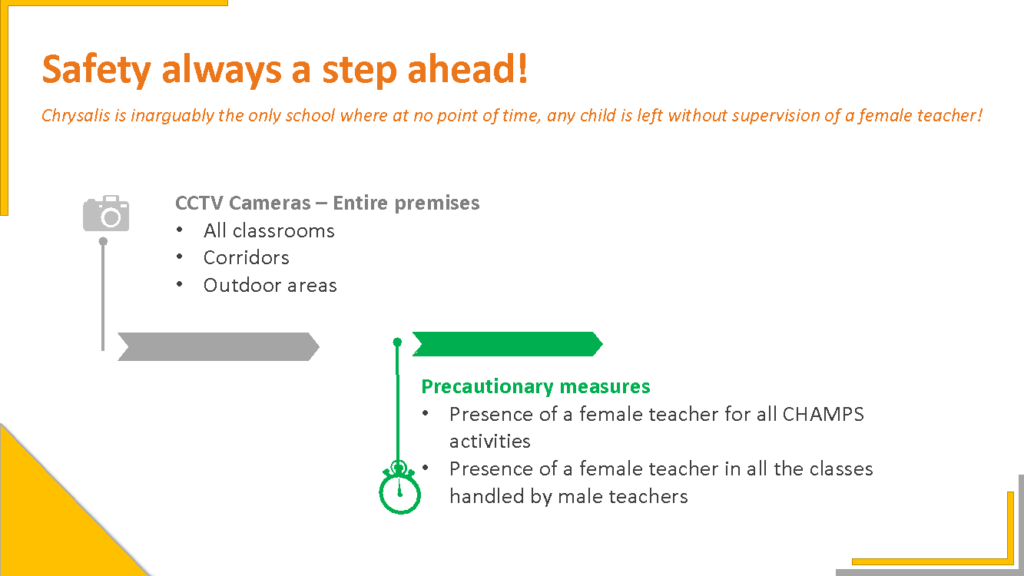Introduction to Geometry
One of the oldest and most interesting areas of math is geometry. It looks at things like sizes, angles, shapes, lengths, and how space works. There is mathematics going on behind the scenes when you look at a triangle on paper or a tall building.
Recognising shapes and angles helps you see the rules and patterns that make up the world. This guide for beginners will help you learn about the basic building blocks of geometry, making it easier for you to find your way around this beautiful area of math.
Understanding Basic Shapes
The basic shapes are the building blocks of geometry. They are the simple shapes that make up more complicated patterns. Let’s look at the most popular ones:
Triangle: It is closed and has three straight sides and three angles. There are three types: equilateral, isosceles, and scalene. Equilateral has all four sides and all four angles being equal. Isosceles have two equal sides and two equal angles. The scalene has no equal sides. Triangles are important in art, design, and building because they strengthen structures.
Square: A square is a shape with four equal sides and four right angles, each of which is 90 degrees. A square is very symmetrical because each line cuts it into two triangles of the same size. Tiles, design patterns, and buildings often use squares because they are balanced and easy to plan.
Rectangle: A rectangle is a shape with four sides. The two longest sides are equal and aligned, and all four inner angles are right angles. Unlike a square, the sides next to each other are generally not the same. Rectangles are one of the most common forms in everyday life. You can find them in books, doors, screens, and rooms.
Circle: A circle is a closed sphere where all of its points are the same distance from the middle. Of all the basic shapes, it is the only one with no sides or edges. Fundamental to mathematics, circles appear in clocks, wheels, coins, and many natural shapes representing wholeness, motion, and beauty.
Understanding these basic shapes is essential because you see them on everything from building plans to road signs. By learning about their features, you can break down complicated plans into parts that are easier to work with.

Types of Angles and Their Importance
Geometry is based on angles, and knowing the different types of angles is essential because they show how things form and interact. Let’s look at each one separately and see why it’s important:
Acute Angle (less than 90°): Triangles, design patterns, and many geometry exercises all use acute angles, which are small and sharp. They help make sharp turns and forms with points.
Right Angle (exactly 90°): This is the most common angle, which you can see in circles, rectangles, and everyday things like computers and books. It makes sure that the building is stable and level.
Obtuse Angle (between 90° and 180°): Wide and open, obtuse angles show up in shapes like obtuse triangles and some architectural designs. They give buildings more visual variety and make them more adaptable.
Straight Angle (exactly 180°): Straight angles are helpful for drawing and planning purposes because they show straight lines and paths.
The following types of angles can help you sort shapes, figure out problems, and learn the rules governing how shapes relate.

Relationship Between Shapes and Angles
There is a deep link between shapes and angles. Shapes would not exist without angles! The sides of a body are not the only things that describe it; the angles between them are also critical. As an example:
The angles inside a triangle show whether it is an acute, right, or obtuse triangle.
Squares, rectangles, and other quadrilaterals depend on right angles. Parallelograms, on the other hand, have the same angles on both sides.
Polygons, like pentagons, hexagons, and so on, are named for how their sides and angles come together to make a closed shape.
Even small changes in the angle readings can completely change the shape. One way to change a square into a rhombus is to tilt one of its angles.
Figuring out how shapes and angles work together helps us categorize things correctly and guess how they will act. It is useful in art, design, and construction.
How to Measure Angles
Measuring angles is one of the most useful geometrical skills to have. A protractor and a measure are all you need, which is good news. This is a simple guide:
- Place the protractor: Line up one side of the angle with the protractor’s base. Ensure that the center hole is right where the angle’s point is, where the two lines meet.
- Check out the scale: Track the number to the point where the second side meets the protractor’s bent edge.
- Check again: Measure again if you’re not sure. It’s essential to be precise, especially when building or writing.
When you know how to measure angles, you can be sure that your work is accurate in school and real life, whether you’re doing home improvement work or schoolwork.
Real-Life Applications of Shapes and Angles
You might wonder, “When will I use shapes and angles in real life?” Honestly, they’re everywhere:
- Architecture: Buildings need exact angles and shapes to be stable and look good. Geometric rules make triangle supports, square windows, and round roofs.
- Drawing and Art: For balance, symmetry, and perspective in paintings, statues, and graphic design, artists use basic shapes and types of angles.
- Engineering: For bridges, tools, and technology to work and be safe, shapes and angles need to be carefully calculated.
- Everyday Objects: Geometry forms everything around you, from how a football field is laid out to how your favorite snacks are packed.
It’s not enough to just learn shapes and angles on paper; it also helps you see how things in your everyday life are put together.
Common Geometry Mistakes Beginners Make
When working with shapes and angles for the first time, making a mistake is simple. Here are some mistakes people often make and how to avoid them:
Getting similar shapes mixed up: Squares and circles are often mixed up because they both have four sides. Tip: Always look at the angles and lengths of the sides.
Measuring angles wrong: If you use a protractor wrong, it can mess up your math. Tip: Be careful when aligning the tool, and check your readings twice.
Not paying attention to symmetry: Many basic shapes are symmetrical, but newbies often forget this. Tip: To make your job easier, learn to find balance lines.
Leaving steps out: You might make mistakes if you go straight to the answer without drawing or naming the forms first. Tip: Always draw out the problem and put labels on essential parts.
If you know about these mistakes, you can get better at math and feel more comfortable working with shapes and angles.
Simple Geometry Exercises for Practice
Practice is the best way to get good at shapes and angles. Here are some great geometry exercises for beginners that will help you get better:
Shape Identification:
Take five random basic shapes and draw them.
Write the name on each one and count the angles and sides.
Angle Measurement:
With a protractor, you can determine how sharp the angles are in your shapes.
Mark on paper whether each angle is acute, right, obtuse, or straight.
Create a Shape Collage:
Cut out pictures from magazines that show things like round plates or triangular road signs to make shapes and angles.
Make a collage and write down the types of forms and angles.
Symmetry Challenge:
To see the symmetrical figure, fold a piece of paper in half and draw half of a form on it. Then, cut the shape out.
Find the symmetry line and count the same sides on both sides.
Not only do these geometry exercises help you get better at math, but they also help you see how beautiful geometry is all around you.
Conclusion
You can’t just think about numbers when you study geometry. It’s about using shapes and angles to understand the world. Mastering basic shapes and using what you’ve learned in real life will help you better understand design, structure, and balance.
Whether you’re a beginner student or just someone who likes to learn, studying shapes and angles will help you think more clearly and solve problems better. Get a measure and a protractor, and start training! Geometry is ready for you!
FAQs
What are the basic types of shapes in geometry?
Triangles, squares, rectangles, circles, and forms like pentagons and hexagons are the basic shapes. Each shape is described by the number of its sides and angles.
How do I identify different types of angles?
You can tell the difference between angles by measuring them: acute (less than 90°), right (90°), obtuse (90°-180°), and straight (180°).
Why is it important to learn about angles?
To solve problems, build correct structures, and understand how things fit together in nature and in plans made by people, you need to know about the different types of angles.
What tools do I need to measure angles?
The most popular tools are a protractor, a ruler, and sometimes a compass. They all help you correctly measure and build shapes and angles.
Can geometry be used in daily life?
Yes! Buildings, art, sports, engineering, and even nature use shapes and angles. For these reasons, geometry is a skill you need for school and everyday life.


